8. Breathing Head Position
When turning your head to breathe, make sure to turn it 90 degrees to the side. Many swimmers make the mistake of turning their head about 100 degrees so that their entire face (and both eyes) are above the water's surface. You want to try to keep your head parallel to the surface with one eye above and one eye submerged. Turning your head any more is unnecessary; it requires more effort and can result in increased resistance as your body corkscrews out of control.
Also, take care not to lift your head forward to breathe; some novice swimmers lift their heads up and over rather than just to the side. The only time you should lift your head up is when you are sighting during open water swims. Otherwise, lifting your head is like using your face to put on the brakes; you create resistance in the water while putting more strain on your neck muscles.
9. Breathing Pattern
It is best to breathe on both the left and right sides (bilateral breathing). This serves to even out your stroke and keep your body balanced in the water. Swimmers who only breathe on one side tend to have an uneven stroke turnover, and they miss out on what their competition is doing on their blind side. They can also end up swimming in an arc rather than a straight line in open water.
In extreme cases, swimmers who favor one side end up with a slight curvature of the spine over time (scoliosis). Take the time to teach yourself to be a bilateral breather. There are no disadvantages.
10. Starts and Finishes
When pool swimming, most people disregard the importance of their takeoff and their finish. Even when pushing off the wall for a set of repeats, take the time to streamline with your arms clasped behind your head in a v, with your hands together. Finish each repeat with a strong stroke into the wall, rather than slowing down and coasting in with your head raised.
Being a perfectionist conditions you to race better and make every moment count. Remember that you learn through repetition, and if you practice sloppy starts or finishes you may end up just as careless during a race. Besides, keep in mind that the more you streamline off of each wall, the less you have to swim on that given lap!
 See more swimming tips or find swimming lessons near you.
See more swimming tips or find swimming lessons near you.
A former swimmer at Stanford University, Alex Kostich has stayed strong in the sport at the elite level even while maintaining a day job. The three-time Pan-American Games gold medalist still competes in—and wins—numerous open-water races around the world each year, as well as competing in the occasional triathlon and running race.
Related Articles:
- 2
- of
- 2
Get ACTIVE on the Go


Meet Mobile
Swim smarter: heats, lane assignments and real-time results in the palm of your hand.
Available for iOS | Android
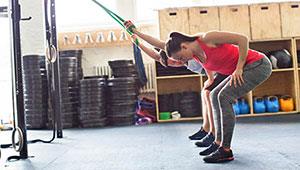

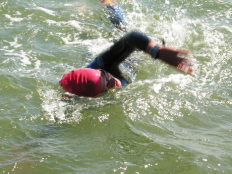
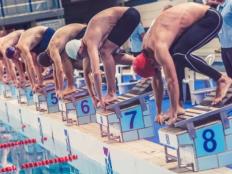
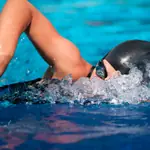

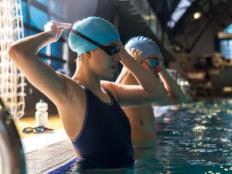
Discuss This Article